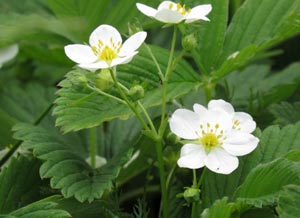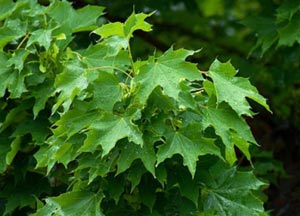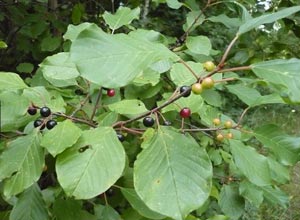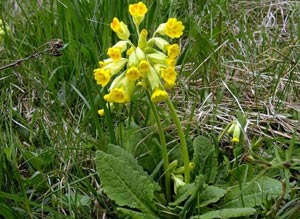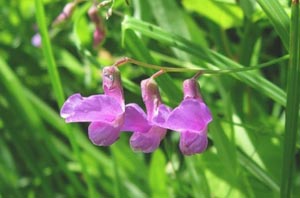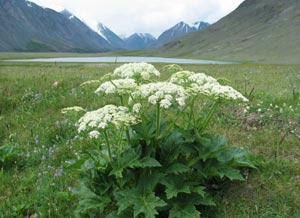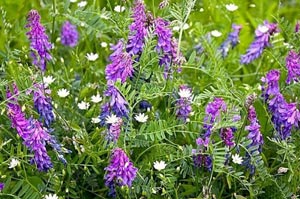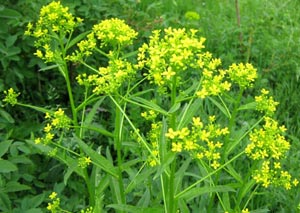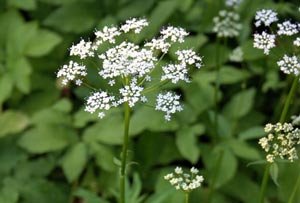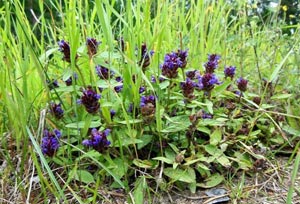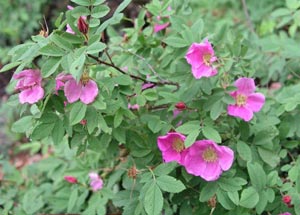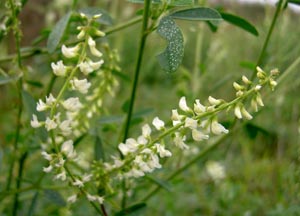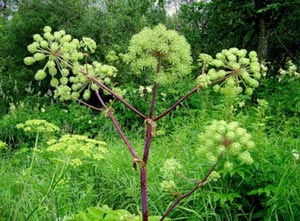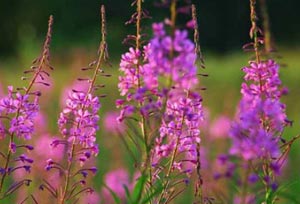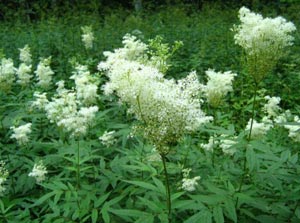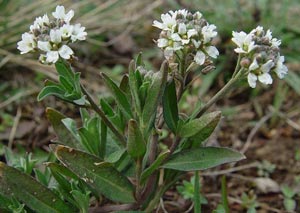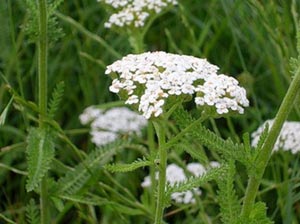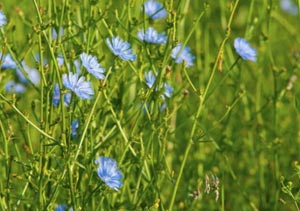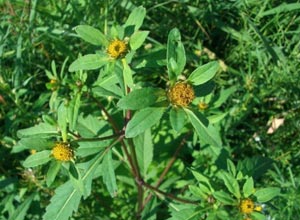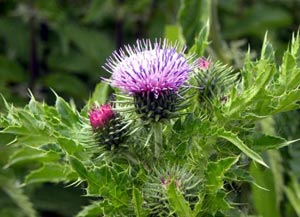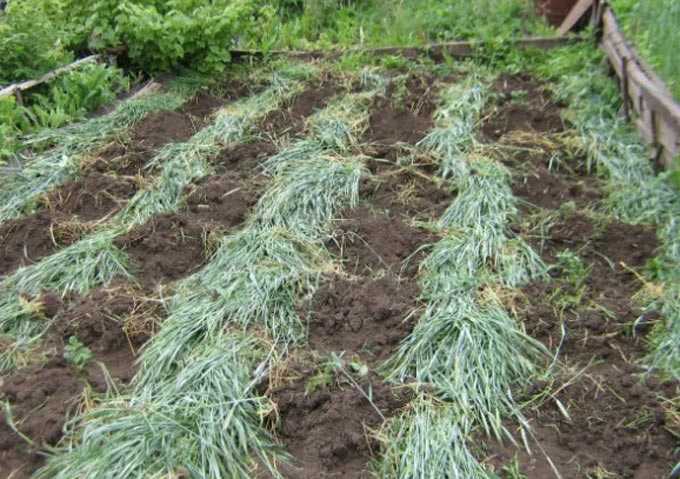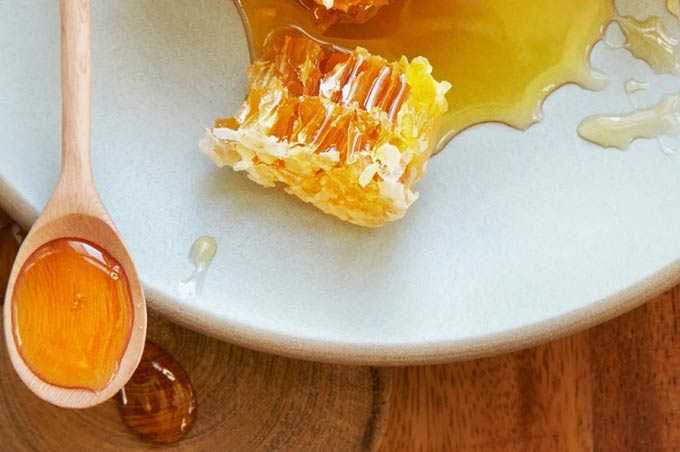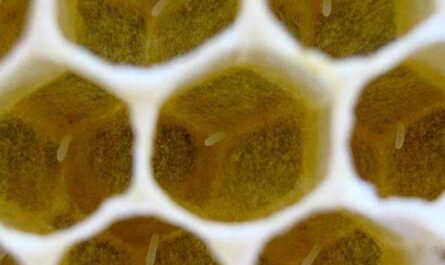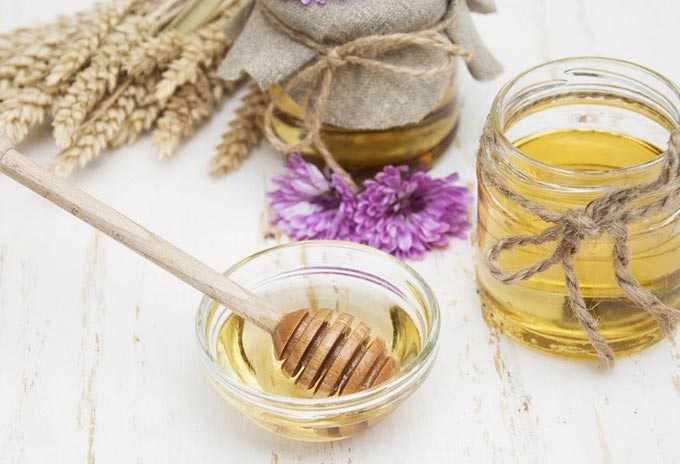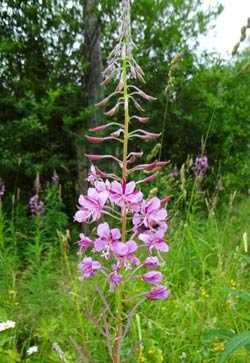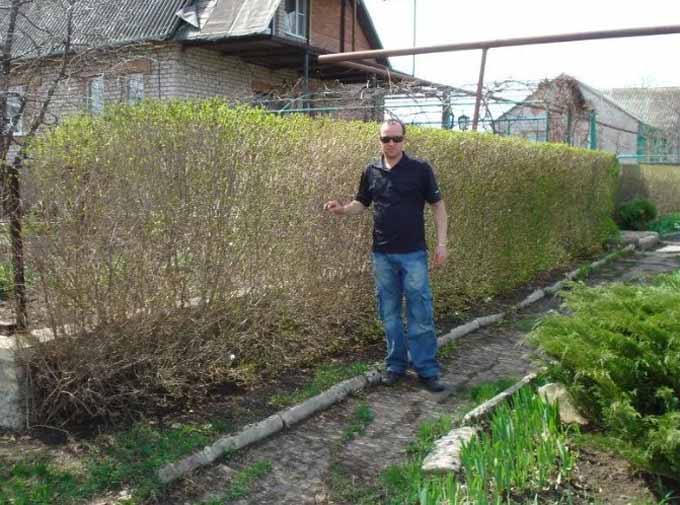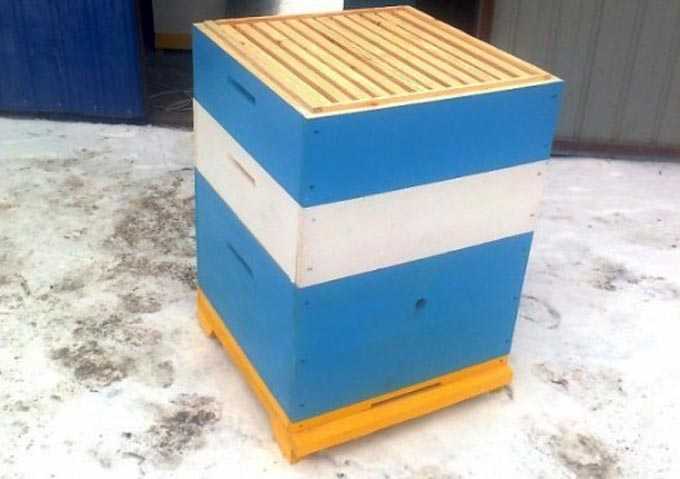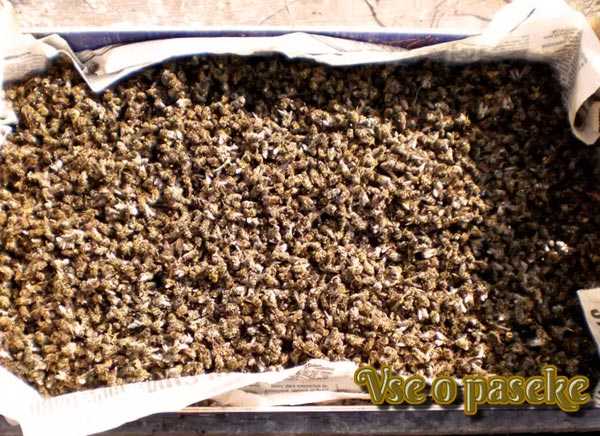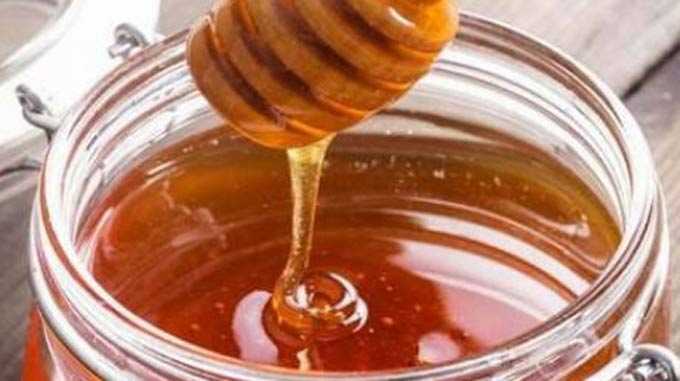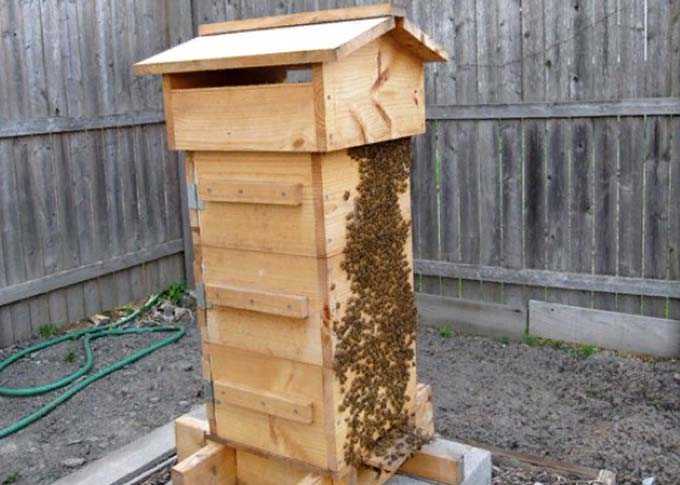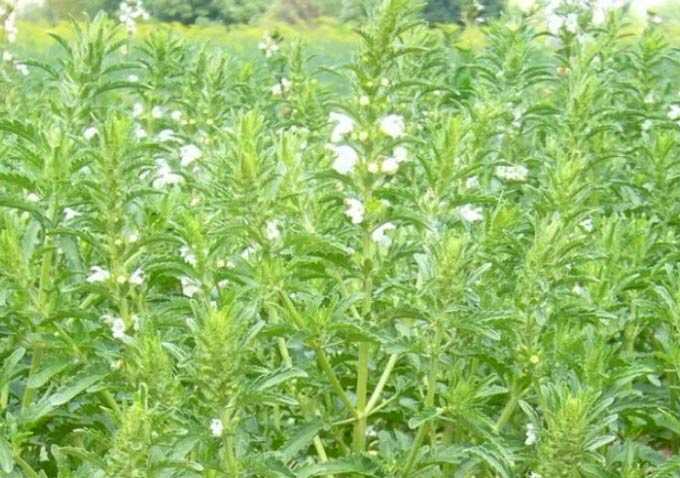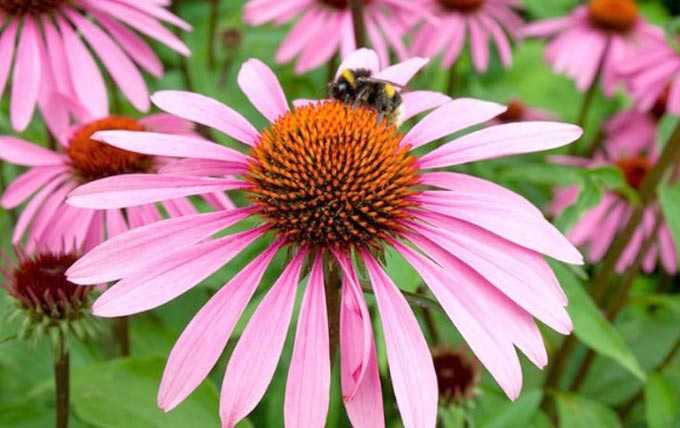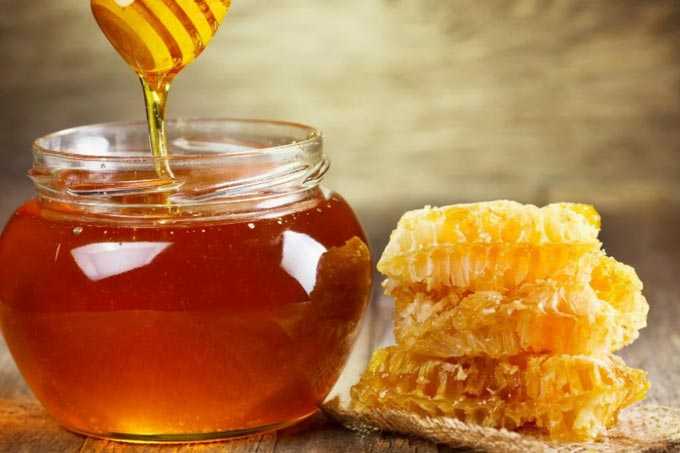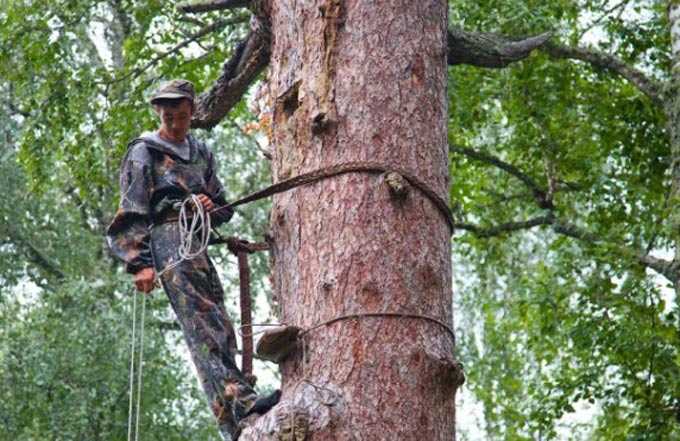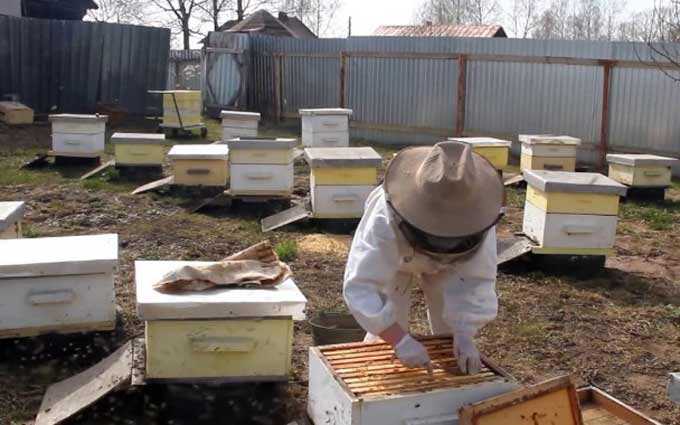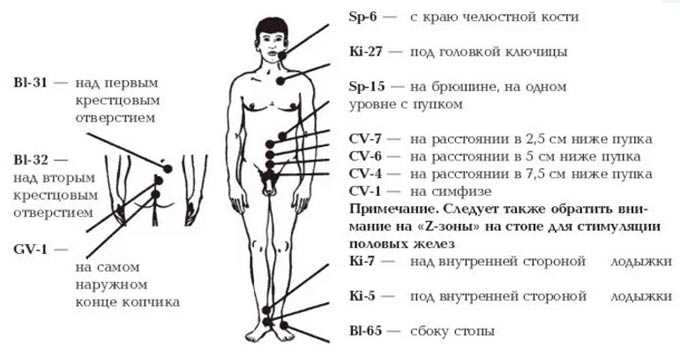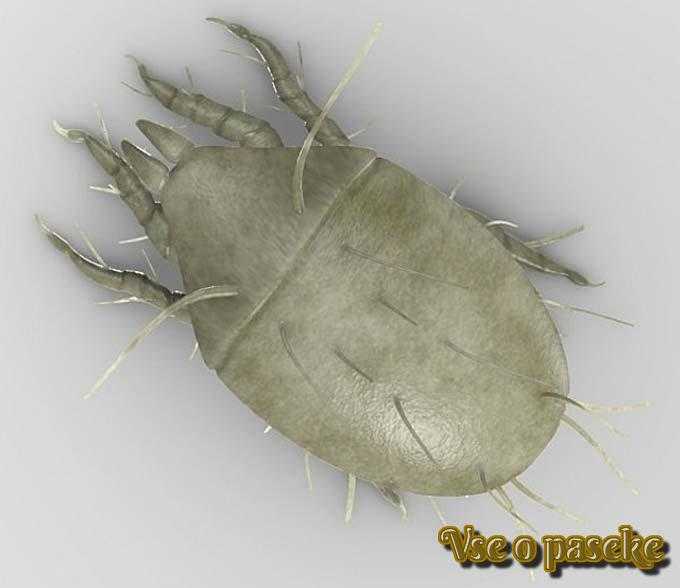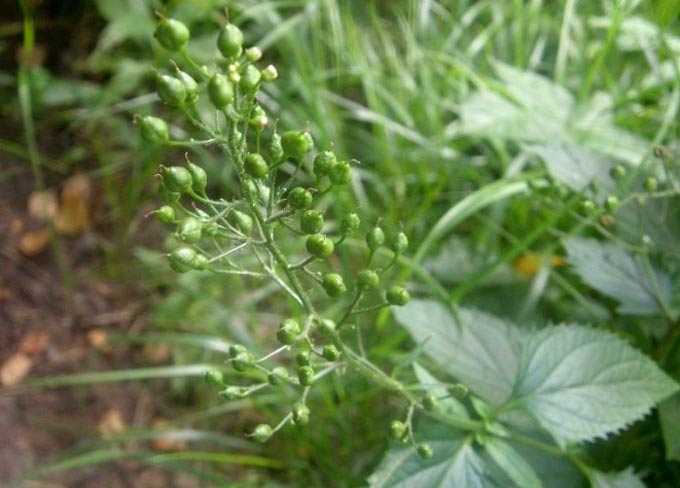The flowering calendar of honey plants in Bashkiria, as in any other region, is compiled by beekeepers on an individual basis. This is due to some unpredictability of the flowering of certain plants. Even within the same region, the timing may differ depending on the year.
The best option is to keep your own flowering schedule for several years in a row, which will help you more accurately predict the receipt of both the supporting and the main bribe.
The content of the article
- 1 Division into periods and groups
- 2 Early and late spring honey plants
- 3 Honey plants of the beginning and first half of summer
- 4 Honey plants of the second half of summer
- 5 Honey plants of late summer and early autumn
Division into periods and groups
All melliferous plants are divided, first of all, according to the timing of their flowering. In Bashkortostan, these are four periods:
- early spring is the time to receive a supporting bribe from pollen and nectar;
- the beginning, the first half of summer – the period of the main flow;
- the second half of summer is also a period of commodity bribe;
- the end of summer, the beginning of autumn is the time of a supporting bribe, which ensures a smooth transition of the apiary to wintering.
Accordingly, all plants producing honey and pollen are divided:
- for early spring and spring (about 50 species);
- for early summer and summer (more than 100 species);
- for late summer and autumn (30 species).
This includes both wild melliferous plants and agricultural crops. Of these, two groups can be distinguished:
- the main ones that bring maximum benefit to the apiaries;
- and secondary, providing only supporting bribes.
Bashkiria honey plants and an approximate flowering schedule will be discussed below.
Early and late spring honey plants
In spring, about 50 melliferous plants bloom, among which there are the main wild plants, which give the bees most of the pollen and honey.
It:
Spring adonis (adonis) – herbaceous perennial from the buttercup family, growing in the forest-steppe and on the southern slopes of the mountains. The grass has a long flowering period – up to 1,5 months. Its bright yellow flowers are readily visited by flight bees. The exact honey productivity of the plant is not known, since the nectar is used for the development of bee colonies.
Strawberry (other names “green strawberry” or “strawberry”) is a herbaceous perennial from the Rosaceae family. Dissolves pale white flowers at the end of May for two to three weeks. You can meet her throughout the region in river floodplains, on forest edges and steppe hillsides. Here the grass forms continuous extensive thickets. Bribes of nectar from one hectare – from 30 to 40 kilograms.
Common viburnum – a medium-sized bush, a representative of the honeysuckle family. Blooms in late spring, covered with large, loose in structure, white umbels of inflorescences. Allocation of nectar within 15-30 kilograms per hectare of solid thickets. Together with meadow grasses can provide the main bribe.
Maple – a representative of the family of the same name, found in all forests of the region. Blooms in late spring, early summer. The inflorescences are inconspicuous in appearance, greenish-yellow in color. Male flowers provide most of the pollen and nectar. Honey productivity from each hectare is from 150 to 200 kg. Damaged trees also produce sweet sap collected by bees (honeydew).
Read: Maple as a honey plant
Alder buckthorn – a sprawling shrub from the family of the same name, less often a low tree. Its young shoots are distinguished by red-brown bark. Grows as an undergrowth, also occurs on the banks of water bodies and rivers. Small greenish flowers of the shrub are grouped in the axils of the leaves. They bloom almost all summer. The productivity of the plant for honey is from 15 to 35 kg.
Unclear lungwort – herbaceous perennial belonging to the borage family. It has dense ovoid leaves and bright purple flowers (later they turn blue). The stem and leaves are covered with short hairs. This is a typical representative of the forest-steppe flora, blooming from the last decade of April for 30 days. Provides a honey yield of 100 kilograms per hectare.
A real primrose – a perennial herb from the family of the same name with ovoid leaves and drooping umbellate yellow inflorescences. Blooms by the end of May, secreting nectar within 15-20 days. The exact honey production is unknown, but bees willingly work on this grass.
Willow there are about 25 varieties, including bush and woody forms. All of them are good honey plants, with the exception of species growing in the highlands. The average productivity of honey is about 150 kilograms per hectare of dense thickets. In mountain forests, collecting nectar and pollen can be difficult due to inclement weather. Willow species can be grown near apiaries. The flowering schedule is as follows (by varieties):
- end of April, beginning of May – white, blackening, ashy;
- mid-May – 3-stamen;
- June – blacknotal (5-stamen variety).
Read: Willow (willow) as a honey plant
Black currant – a representative of the gooseberry family, often grown in culture. Blooms in the second half of spring, releasing nectar within two weeks. The flowers are small, greenish, grouped in small inflorescences. Honey productivity is about 13-32 kilograms.
China represented in the region by nine species (Gmelin, Litvinova, meadow, forest, pea, marsh, tuberous, spring, pale). The highest productivity is distinguished by the rank of Gmelin (grows only in the South Urals) and the spring rank (widespread). The average bribe is 80 kilograms.
Other melliferous plants of spring:
- joster (53 kg);
- alder buckthorn (15-30 kg);
- aspen (mainly pollen);
- poplar (mainly pollen);
- English oak (pollen and honeydew);
- elm (mainly pollen);
- elm (mainly pollen);
- common hazel (pollen);
- alder (mainly pollen);
- birch (mainly pollen);
- lingonberry (30-40 kg);
- blueberries (30-40 kg);
- bird cherry (from 5 to 35 kg in favorable years);
- mountain ash ordinary (30-40 kg);
- hawthorn (80-100 kg);
- honeysuckle (up to 60 kg, depending on the species).
Honey plants of the beginning and first half of summer
The first half of summer in the region covers the period from the flowering of white (creeping) clover to the beginning of the appearance of inflorescences in linden. At the same time, forest glades and meadows bloom profusely – everywhere there is a thick carpet of flowers.
It is possible to use the fodder base of meadow forbs to the maximum only before mowing the grass (approximately until the end of June, beginning of July).
The melliferous plants that deserve special attention from the beekeepers are listed below:
Siberian Hogweed – a very tall herbaceous perennial with large leaves. He has elaborate umbrellas made of small white flowers. Flowering begins in June and lasts until the first decade of August. Bribes of honey per hectare – from 180 to 200 kilograms.
Read: Hogweed as a honey plant
Creeping clover (white) – perennial grass used for forage purposes. Blooms in early June, releasing nectar for 1,5-2 months. Productivity for honey is from 22 to 120 kilograms. In the south, about 80 kg.
Read: Clover as a honey plant
Hybrid clover (pink) Is a perennial from the legume family that prefers wet meadows. Releases nectar from June to August (massively within 30 days). Productivity – from 100 to 130 kg of nectar.
Small-leaved linden throws out inflorescences in late June, early July. You can determine the beginning of flowering by the common bird cherry – it begins approximately 50-55 days after the bird cherry. Excellent honey plant! Bribes from 600 to 1 kilograms. In the same period, other tree varieties bloom: large-leaved variety 000-1 weeks before small-leaved species flowering, silvery – after 2 days.
Read: Linden as a honey plant
Mouse polka dots Is a herbaceous perennial belonging to the legume family. Its blue-violet spikelet inflorescences are well visited by bees in favorable weather. Blooms from June to early August. Up to 50 kilograms of nectar is collected from each hectare.
Purple sedum – a herbaceous perennial from the jersey family, growing wild in steppe meadows, forest edges and forest glades. Due to its decorative appearance, it is cultivated in flower beds in personal plots. Its purple or lilac flowers are collected in apical corymbose inflorescences. They bloom from July and secrete nectar with pollen until autumn. The exact productivity of honey is unknown, but the grass is readily visited by flight bees.
Eastern sverbyga – a perennial from the cabbage family, growing in one place for up to ten years. Differs in small yellow inflorescences crowning erect stems. Blooms in late May, releasing nectar throughout the month. Bribes from 500 to 600 kg.
Ordinary runny – a herbaceous perennial with small white flowers, grouped in large loose umbrellas-inflorescences. Blooms in late June for 15-25 days. From a hectare of solid thickets of grass, you can get up to 160 kilograms of nectar.
Read: Sleep like a honey plant
Common blackhead – meadow perennial herb from the family Labiatae. Differs in purple flowers, collected in the apical heads. Bribes from each hectare are about 60 kilograms.
May (cinnamon) rosehip – a shrub that has filled Bashkir meadows and forest edges. Its pink flowers bloom in late May, early June. Honey productivity is about 10-30 kg.
Honey plants of the second half of summer
The period of the second half of summer in Bashkortostan is opened by small-leaved linden. It is followed by the most powerful plants in terms of nectar flow, blooming en masse until mid-August.
It:
White sweet clover – biennial, not whimsical to the quality of the soil, characterized by increased resistance to droughts and spring frosts. There is also another type of plant in Bashkiria – medicinal (yellow) sweet clover. It blooms earlier – at the end of June. After 1,5 weeks, a white variety joins it. Both types of sweet clover secrete nectar until September, showing nectar productivity from 120 to 300 or more kilograms per hectare.
Read: Melilot as a honey plant
Medicinal angelica (angelica) – a two-year-old herb from the celery family, growing up to 2 meters or more. Its erect, hollow stems are crowned with large inflorescence umbrellas, collected from small white flowers. July honey plant, producing from 60 to 300 kilograms of nectar. Honey of this variety has a delicate aroma, pleasant taste and a characteristic reddish hue.
Read: Angelica as a honey plant
Cyprus, better known as Ivan tea, belongs to the family of the same name. It grows in clearings for 10-15 years, preferring moist soils. May be found on mountain slopes. Differs in long flowering from June to early autumn. Collecting nectar from 600 to 1 kilograms in favorable years.
Read: Ivan tea as a honey plant
Elm-leaved meadowsweet (meadowsweet) – herbaceous perennial from the family Rosaceae with erect stems bare from foliage and yellow-white apical panicles of inflorescences. Blooms in mid-summer for 25-30 days. Excellent pollen. Nectar is released in small quantities at high humidity and high temperatures.
Read: Meadowsweet as a honey plant
Five-bladed motherwort – a tall perennial herb with pink flowers clustered in the upper axils of the leaves. Blooms in July, releasing nectar until the second decade of August or early September. From 170 to 200 kilograms of nectar is collected from a hectare of grass stand.
Read: Motherwort as a honey plant
Honey plants of late summer and early autumn
The late summer period includes the time from the second half of August to mid-September. Collected pollen and honey are used to prepare bee colonies for wintering – the bribe is supportive.
Basically, the plants that previously provided the summer commodity bribe continue to bloom:
- kiprej;
- clover;
- ordinary bruise (250-300 kg);
- motherwort;
- common chicory;
- whorled sage (up to 100 kg);
- yellow or sickle alfalfa (from 50 kg).
The exclusively autumn types of honey plants include:
Ikotnik gray – a two-year-old herb with erect stems topped with dense clusters of small white flowers. You can meet him along the roads, on wastelands and inconvenient lands. This plant can be sown near apiaries – the inflorescences are readily visited by flight bees. The exact yield for honey is unknown.
Common yarrow – perennial grass with branched stems in the upper part. Its small white flowers are collected in baskets, from which larger corymbose inflorescences are formed. It blooms all summer until September, and is readily visited by bees.
Common chicory Is a herbaceous member of the Asteraceae family, blooming from June to September. It is considered a weed, found, including, along roads, in wastelands and fields. It features bare stems on which blue flowers are scattered. Up to 100 kilograms of honey per hectare is collected from chicory thickets.
Tripartite train – an annual from the Asteraceae family, blooming in the second half of summer. The bribe of pollen and nectar from this plant is insignificant. You can distinguish the honey plant by erect, strongly branching shoots, covered with sparse hairs. Small yellow flowers, collected in small inflorescences.
Curly thistle – biennial from the Aster family, with thorny leaves and large raspberry baskets. The weed grows in fields and vegetable gardens, it is found in pastures, pastures, near human habitation. Blooms from June, releasing nectar until autumn. It is a good pollen. Bees collect up to 2,4 kilograms of polish from one plant. The exact honey production is unknown.
In conclusion, I would like to note that the main melliferous plant of the region is linden. Bashkir honey, collected from lindens (the tree is part of broad-leaved forests – about 1 million hectares), is highly valued in the market due to the admixture of nectar from summer honey plants – hogweed, bruise, and dream. This variety of lipa has a very light shade. In the process of crystallization, a fat-like or fine-grained mass of light yellow color is formed. Such honey has repeatedly won gold medals at various Russian and foreign fairs and exhibitions.

